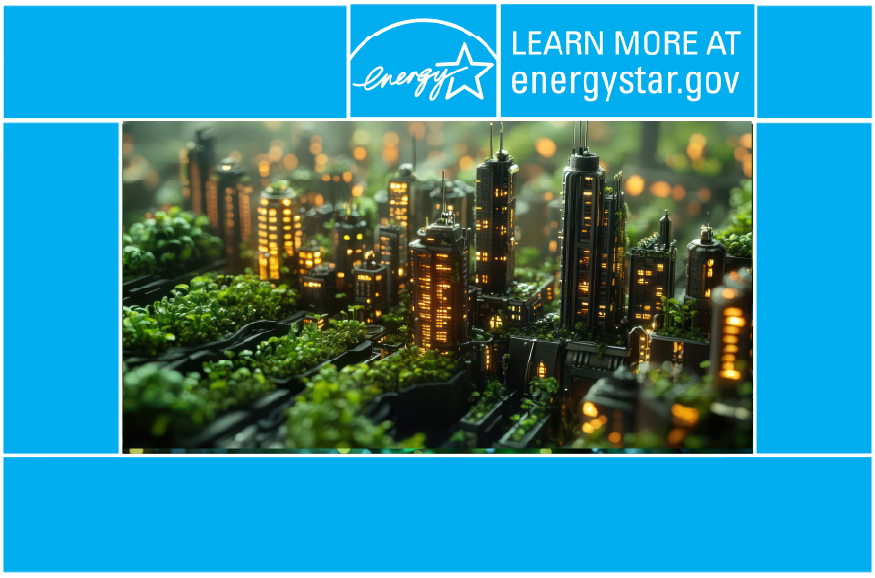Regenerative Buildings: Beyond Sustainability to Environmental Restoration
Imagine structures designed not merely to lessen harm, but to genuinely restore nature. This idea – buildings that actively improve their surroundings – is gaining traction, shifting from classrooms into actual construction. Though many in property focus on minimizing impact via standards like LEED, some innovators now ponder something bolder: could buildings contribute positively to the world around them?
What Makes a Building Regenerative?
Imagine buildings as people getting better. Ordinary green buildings simply aren’t causing harm – they conserve resources, much like a patient holding steady. However, regenerative buildings go further; they actively improve things, becoming healthier even than before.
The Bullitt Center in Seattle shows how it’s done. The six-floor workplace isn’t simply energy efficient – it generates excess renewable power, feeding it into the city’s system. Not only does it lessen water consumption, however it also gathers rain, purifies used water directly on the property, thereby enhancing nearby water conditions. Moreover, a rooftop garden supports area wildlife – birds, bugs – while simultaneously easing stormwater issues throughout the community.
That’s regenerative thinking in action. Instead of asking “how can we minimize our impact,” the question becomes “how can we create positive impact.”
Why the Shift Matters Now
Buildings designed to restore resources aren’t simply a trend – they make good economic sense. Stricter climate rules, even mandates for eco-friendly construction, are appearing across the country. Moreover, because putting a price on carbon is becoming commonplace, structures able to capture carbon or generate their own power stand to become far more profitable than ones focused solely on reduced usage.
Businesses seeking office space also fuel the need for change. Companies like Microsoft, striving for carbon negativity by 2030, alongside Google’s round-the-clock clean energy target, require structures aligned with these ambitions. While typical eco-friendly construction lowers environmental harm, truly restorative building design goes further – creating positive effects instead.
Unexpectedly, these structures fare better during disruptions. For instance, a few buildings boasting their own power alongside water kept running even when Texas’s electrical network collapsed back in 2021.
Real-World Applications
It’s easy to dismiss “regenerative” as just a concept, yet its real-world impact is clear. Take Google’s Bay View headquarters – it features a thousand shimmering solar panels tracking sunlight, landscapes brimming with plants beneficial to area animals, alongside earth-powered heating/cooling. The result? The site generates surplus clean power.
Buildings now feature plant-covered walls – attractive additions that cleanse interior spaces while using little water, linked to the building’s own systems. Consequently, some boast healthier inside air compared to outside, even within cities.
The Challenges Are Real
Creating buildings that renew themselves isn’t straightforward. Generally, these projects initially run 10–15% higher in price compared to standard eco-friendly structures. Moreover, crafting them demands designers skilled in both advanced building tech alongside natural cycles – integrating something like a wetland into air conditioning, for instance, takes specialized knowledge many architects lack.
Regulations lag behind innovation. Want to farm atop a building, or cleanse water using nature? Often, there are no clear rules – expect delays alongside uniquely designed fixes.
Managing properties is becoming trickier. Now, upkeep crews must grasp how buildings function as living things – not just machines. A rooftop garden demands attention unlike an air conditioning unit; moreover, these elements influence one another in unexpected ways traditional property handling overlooks.
Unlike typical machines that decline with use, many ecological designs actually improve. While a standard heater or cooler loses power as it ages, established green walls or roofs frequently enhance their ability to clean air alongside controlling rainwater because plant roots grow stronger.
What This Means for CRE Professionals
Commercial property investors should note a growing trend: buildings actively improving the environment fetch higher prices. Those who jumped in early now benefit from increased value stemming from proven ecological gains – not just reduced impact, but positive contribution.
Property managers should now consider promoting – as well as caring for – features that renew resources. Renters are increasingly interested in knowing how buildings help them live sustainably; therefore, they anticipate experts who can oversee intricate building operations.
Instead of leaping into total regeneration, builders might find it easier to weave restorative features into existing plans. For instance, a warehouse sporting bee-loving plants alongside extra solar power doesn’t instantly become fully regenerative; however, it represents progress toward that goal.
Financing folks alongside insurers now see buildings designed to restore nature as distinct, possessing unique risks yet promising returns. Consequently, certain lenders favor ventures showing genuine ecological benefit – going further than simply lessening harm.
Looking Ahead
Buildings that give back – that’s a whole new way to look at where we live versus the world around us. Rather than simply existing alongside nature, or even clashing with it, these structures aim to work with ecosystems, offering real advantages.
Buildings won’t all transform into farms or woods, however they could start actively helping the environment instead of simply doing less damage. With growing climate concerns alongside new rules, structures offering ecological benefits will likely thrive compared to ones only minimizing their impact.
Though just beginning, restorative construction shows promise – buildings could become helpful to the environment, instead of harmful. Consequently, those in commercial real estate should learn about this shift; the marketplace increasingly demands eco-friendly practices alongside beneficial results.
The widespread adoption of buildings designed to renew themselves hinges on making them cheaper, simpler – also, people needing to care about how green a building is. Considering where things are going with rules around climate change alongside what companies promise regarding eco-friendliness, these environment-boosting structures could quickly shift from novel ideas to standard requirements, perhaps faster than anticipated.
Thank you to our ENERGY STAR Month sponsor Baker Engineering.

To stay up to date on news and resources such as this and other topics of importance to the real estate industry, subscribe to the free CRE Insight Journal Newsletter using this link.
Comments are closed.









